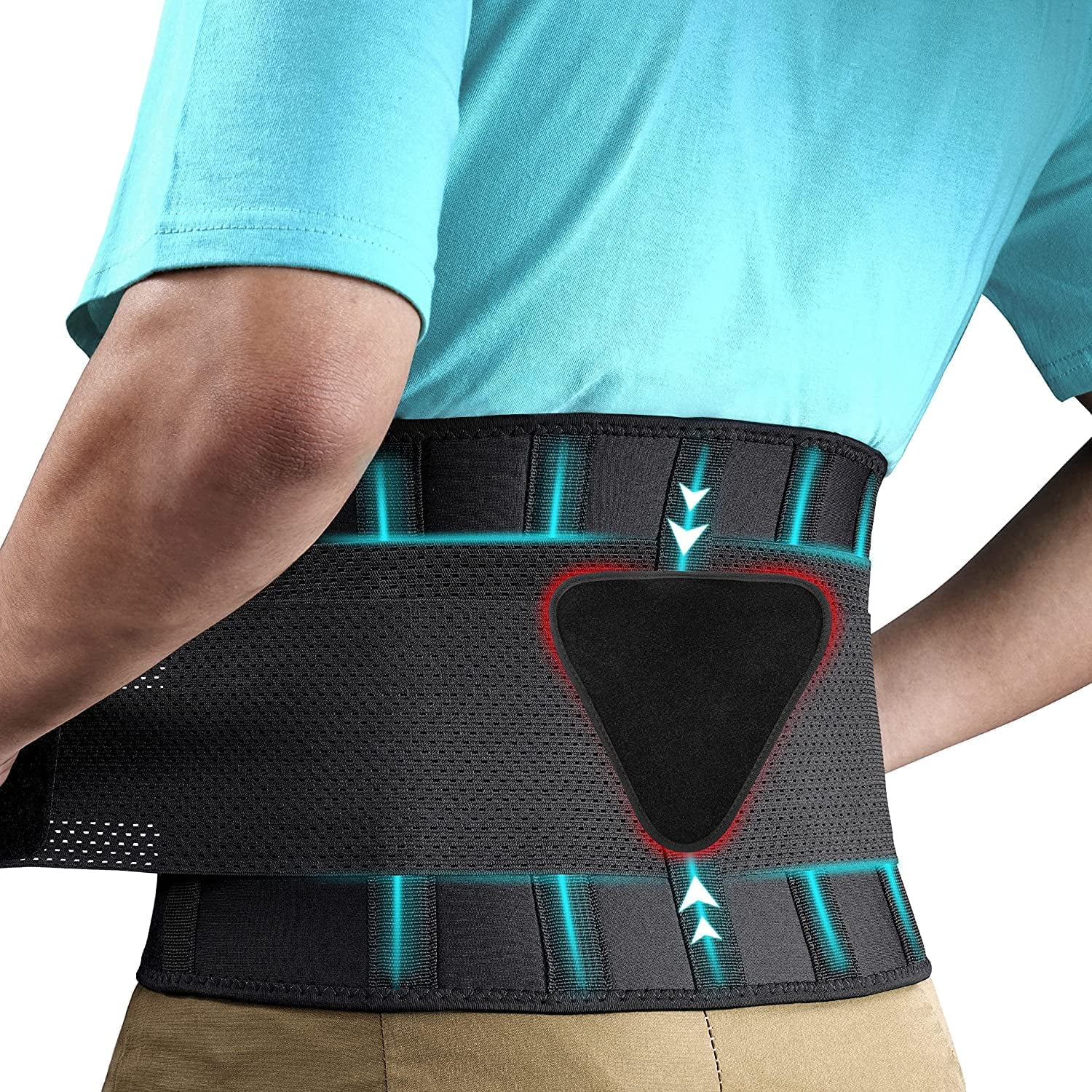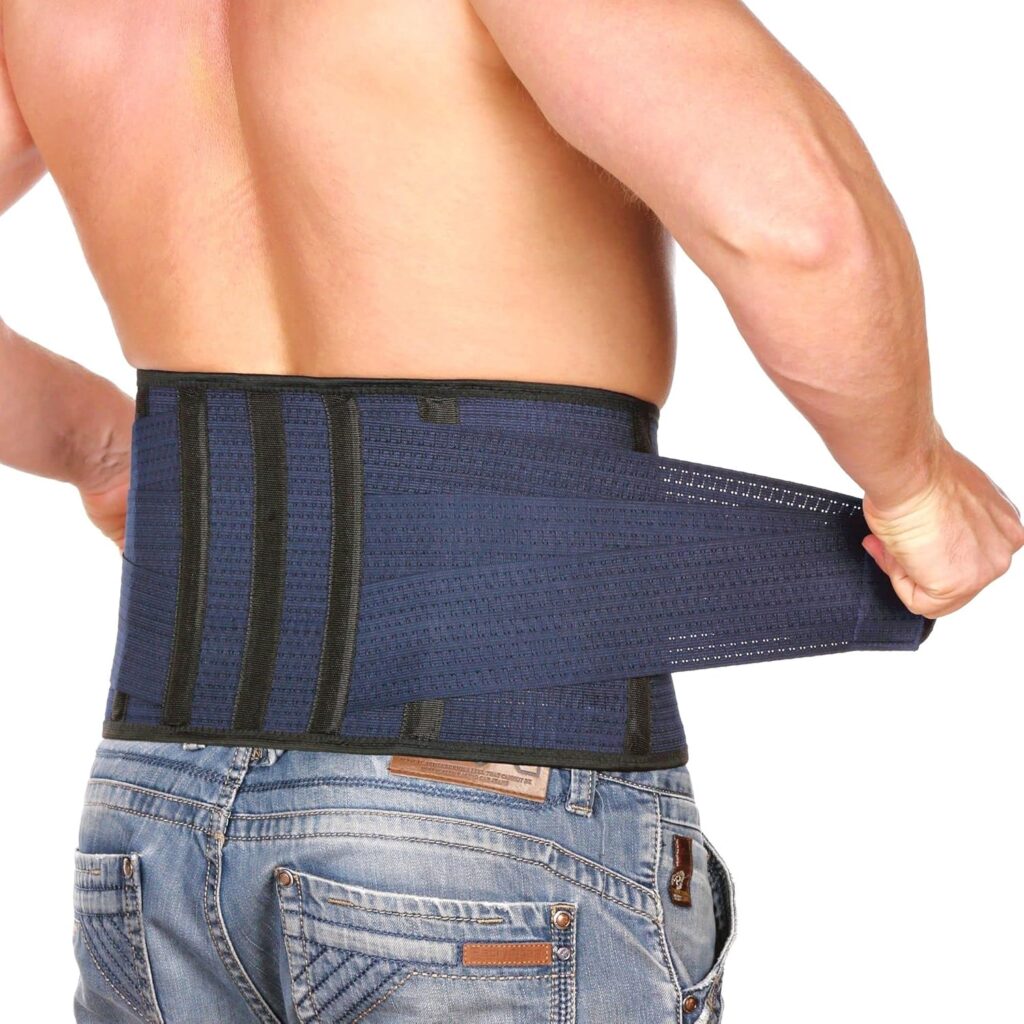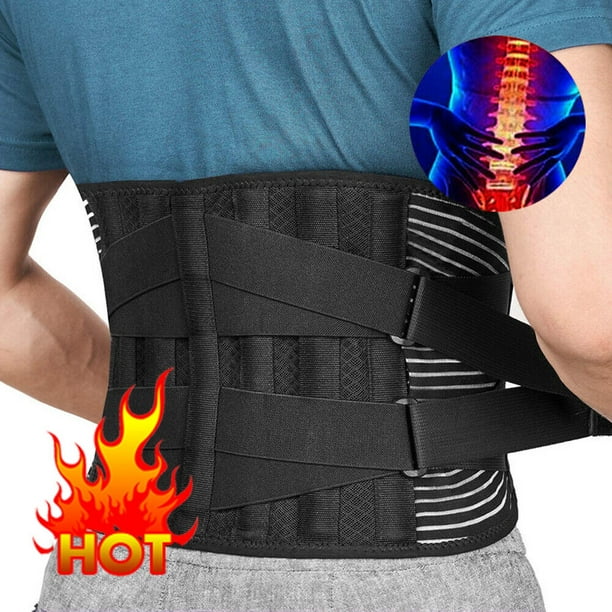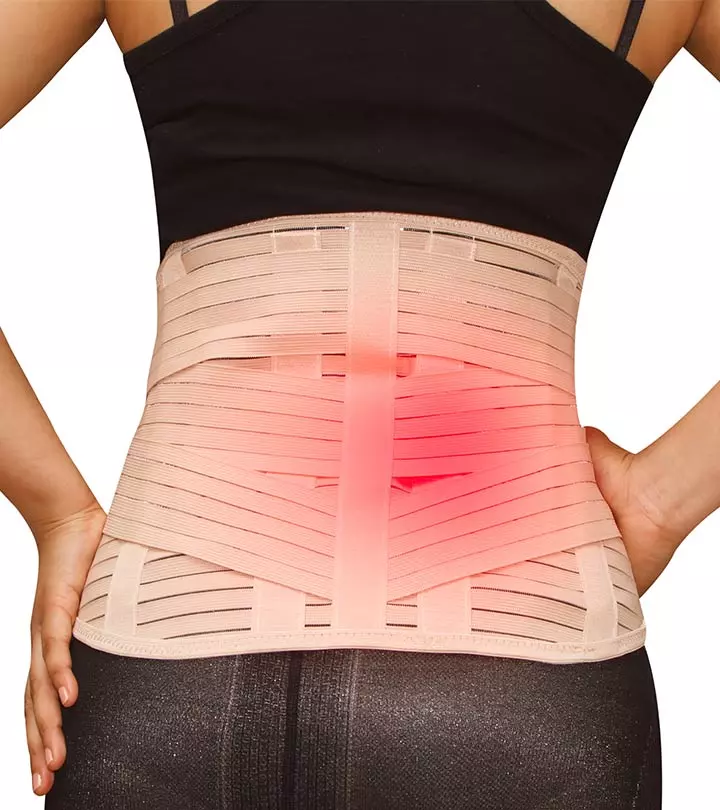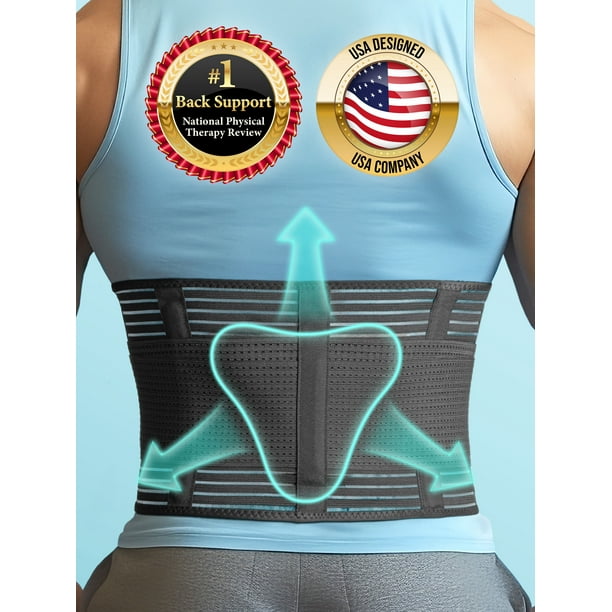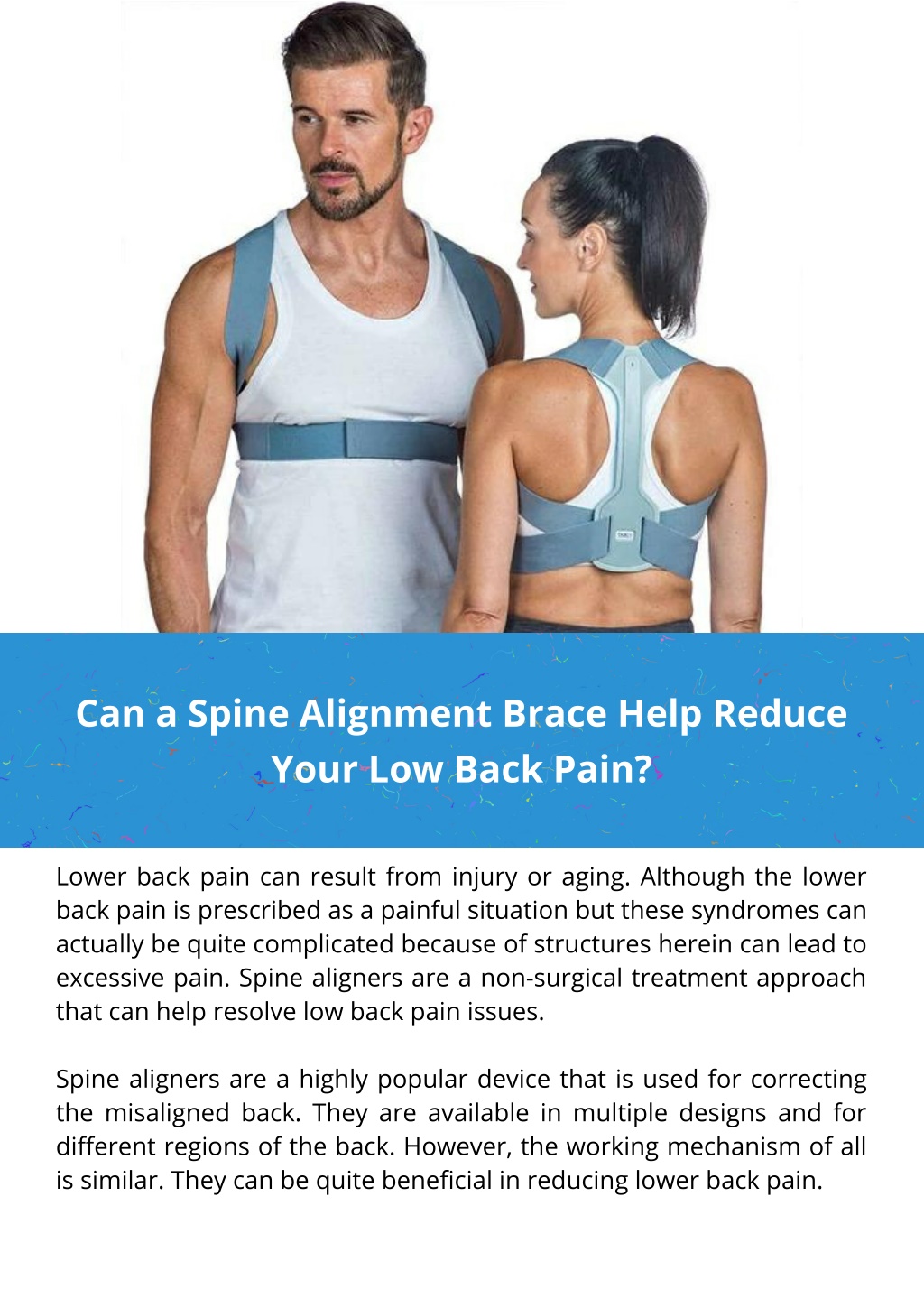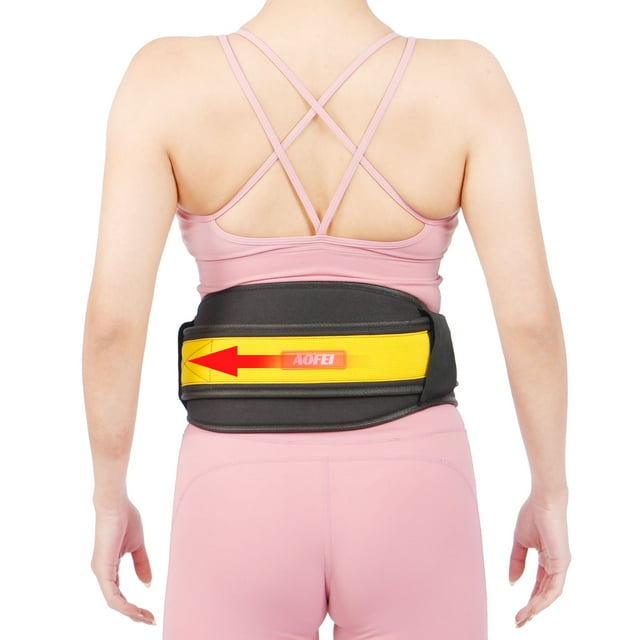Can A Back Brace Help With Lower Back Pain
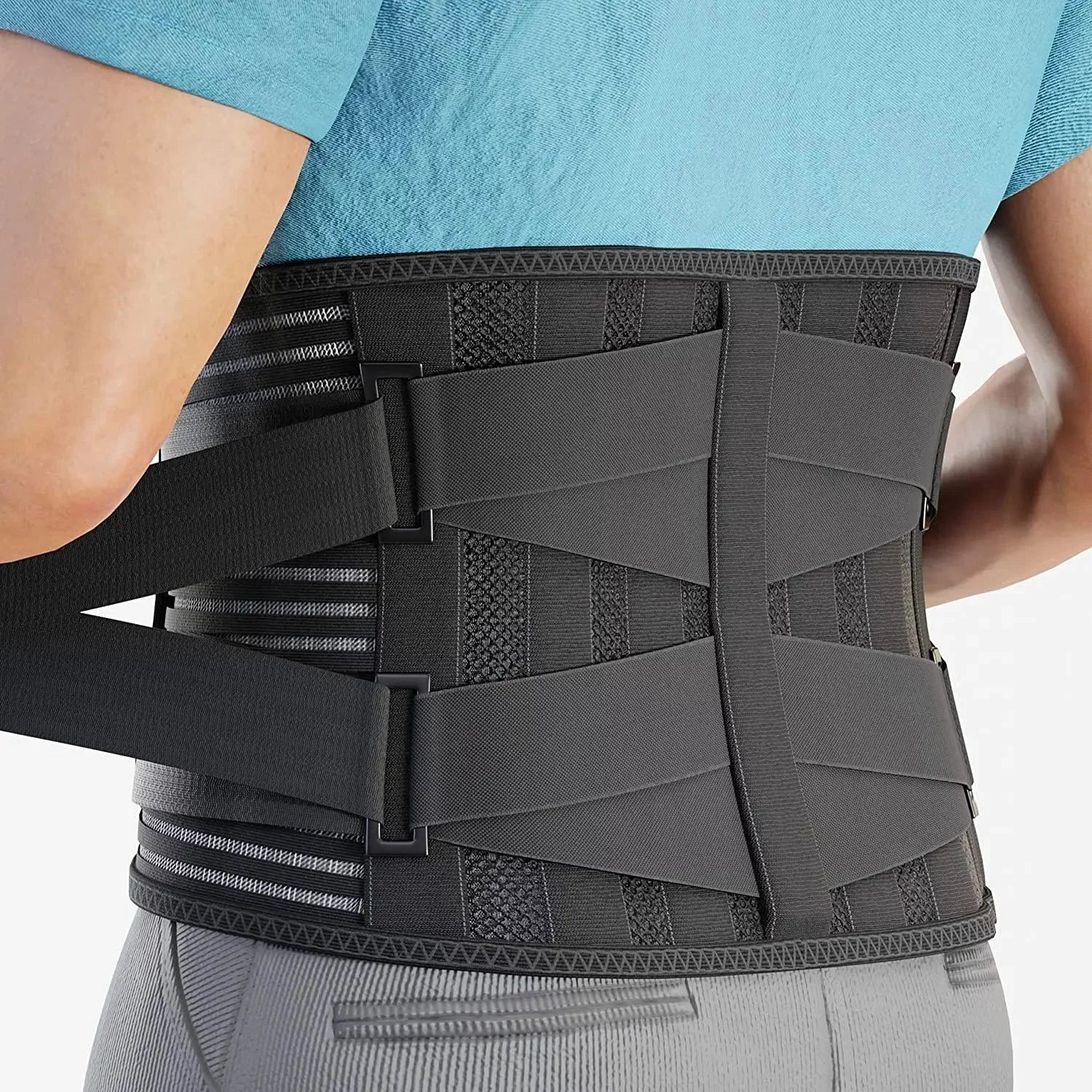
Lower back pain, a ubiquitous ailment affecting millions worldwide, often feels like an inescapable burden. From persistent aches to debilitating spasms, the quest for relief is a constant pursuit. One common remedy, the back brace, promises support and pain reduction, but does it truly deliver on its promise?
This article delves into the efficacy of back braces for lower back pain, examining scientific evidence, expert opinions, and practical considerations. It will explore the different types of braces, their purported mechanisms of action, and the potential benefits and drawbacks of their use. Ultimately, it seeks to provide a comprehensive understanding of whether a back brace can be a valuable tool in managing lower back pain, or simply another fleeting solution.
Understanding Lower Back Pain and Back Braces
Lower back pain can stem from various causes, including muscle strains, ligament sprains, disc degeneration, and underlying medical conditions. The severity and duration of pain vary widely, impacting daily activities and quality of life. Treatment approaches range from conservative measures like physical therapy and medication to more invasive procedures such as surgery.
Back braces, also known as lumbar supports, are external devices designed to provide support and stability to the lower back. They come in different forms, from soft, flexible supports to rigid, corset-like structures. The intended purpose is to limit movement, reduce stress on the spine, and promote proper posture.
Types of Back Braces
Back braces are broadly classified into two main categories: soft braces and rigid braces. Soft braces are typically made of elastic or neoprene and offer mild support. Rigid braces, on the other hand, incorporate metal or plastic stays to provide more substantial immobilization.
Lumbosacral corsets, a type of soft brace, are often used for general back pain and support during activities. Rigid lumbosacral orthoses (LSOs) are prescribed for more severe conditions, such as fractures or post-surgical stabilization. The choice of brace depends on the underlying condition and the level of support required.
The Science Behind Back Braces: Do They Work?
The effectiveness of back braces for lower back pain is a subject of ongoing debate within the medical community. Some studies suggest that braces can provide short-term pain relief and improve function, while others find little to no benefit. The perceived benefits often stem from several factors.
Firstly, back braces can restrict spinal motion, reducing stress on injured tissues and promoting healing. Secondly, they can increase intra-abdominal pressure, which is believed to provide spinal stability. Finally, the *psychological effect* of wearing a brace can contribute to pain relief, offering a sense of support and security.
However, the evidence is far from conclusive. A systematic review published in the Cochrane Database of Systematic Reviews found only low- to moderate-quality evidence supporting the use of back braces for chronic low back pain. The review highlighted the need for more rigorous research to determine the true efficacy of these devices.
Furthermore, prolonged use of back braces can lead to muscle weakness and dependence. When the back muscles are consistently supported by a brace, they become less active and may atrophy over time. This can ultimately worsen back pain in the long run. This is a key consideration.
Expert Opinions and Clinical Guidelines
The American Academy of Orthopaedic Surgeons (AAOS) does not have a specific guideline solely recommending or discouraging back brace use for all patients with lower back pain. Instead, they recommend that doctors make individualized decisions based on the patient’s specific diagnosis, symptoms, and functional needs.
Many physical therapists advocate for a balanced approach. They often recommend back braces for short-term use to provide support during acute pain episodes or activities that exacerbate symptoms. Simultaneously, they emphasize the importance of active rehabilitation, including exercises to strengthen the core and back muscles.
"Back braces can be a useful adjunct to other treatments, but they should not be relied upon as a standalone solution," explains Dr. Emily Carter, a physical medicine and rehabilitation specialist. "A comprehensive approach that includes exercise, manual therapy, and lifestyle modifications is essential for long-term pain management."
Potential Benefits and Risks
When used appropriately, back braces can offer several potential benefits. They can reduce pain, improve posture, and provide support during activities that aggravate back pain. They can also be helpful in the immediate aftermath of an injury or surgery, when the spine needs immobilization.
However, it is crucial to be aware of the potential risks associated with back brace use. As mentioned earlier, prolonged use can lead to muscle weakness and dependence. Braces can also cause skin irritation, discomfort, and even breathing difficulties if they are too tight.
Additionally, relying solely on a back brace without addressing the underlying cause of the pain can be detrimental. It's akin to placing a band-aid on a wound that requires stitches. It is necessary to identify and treat the root of the problem for effective long-term management.
Making an Informed Decision
Deciding whether or not to use a back brace for lower back pain should be a collaborative decision between the patient and their healthcare provider. A thorough evaluation is necessary to determine the cause of the pain and identify any underlying medical conditions.
If a back brace is deemed appropriate, it is crucial to choose the right type and size. A healthcare professional can provide guidance on selecting the most suitable brace and ensure proper fit. It's also important to follow the healthcare professional's instructions on how long and how often to wear the brace.
Remember, a back brace is just one tool in the arsenal for managing lower back pain. A comprehensive treatment plan that includes exercise, physical therapy, medication, and lifestyle modifications is essential for achieving lasting relief.
Looking Ahead: The Future of Back Pain Management
Research into back pain management continues to evolve, with a growing emphasis on personalized and multidisciplinary approaches. Future studies may shed more light on the specific populations that benefit most from back braces and the optimal duration of use.
Advances in technology are also leading to the development of more sophisticated back braces with features such as adjustable support and biofeedback. These innovations may offer more targeted and effective pain relief.
Ultimately, the goal is to empower individuals with lower back pain to take control of their condition and live active, fulfilling lives. Back braces may play a role in this journey, but they should always be used in conjunction with other evidence-based therapies and under the guidance of a qualified healthcare professional.
